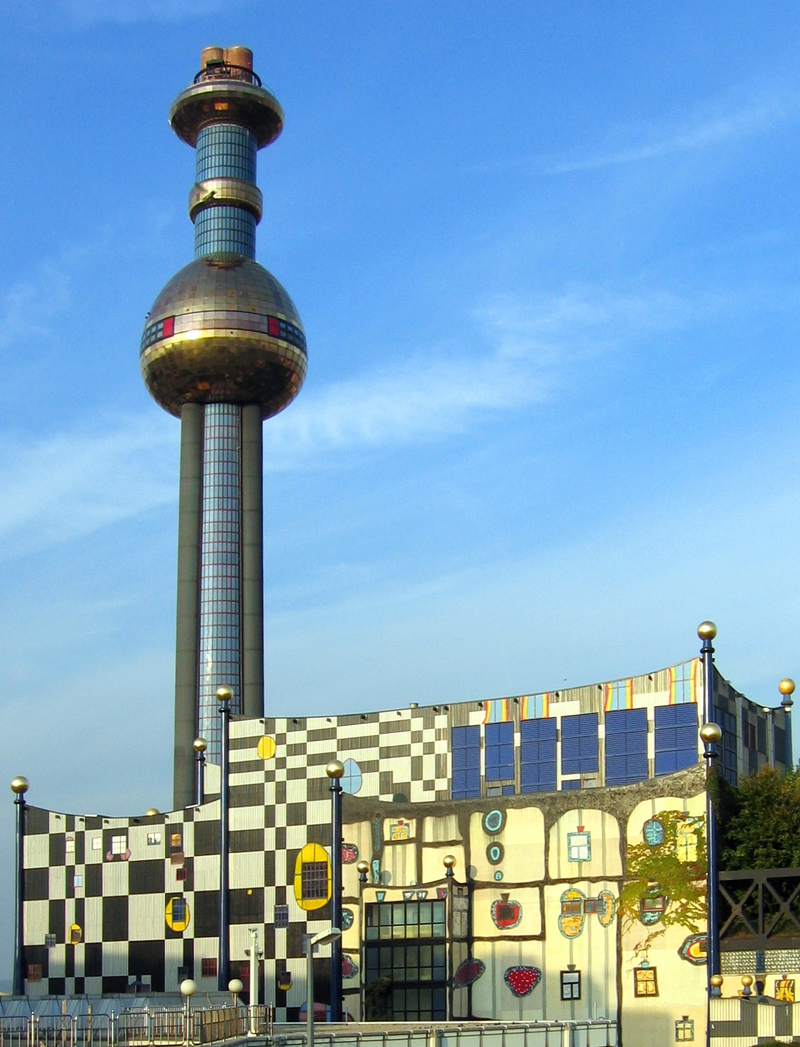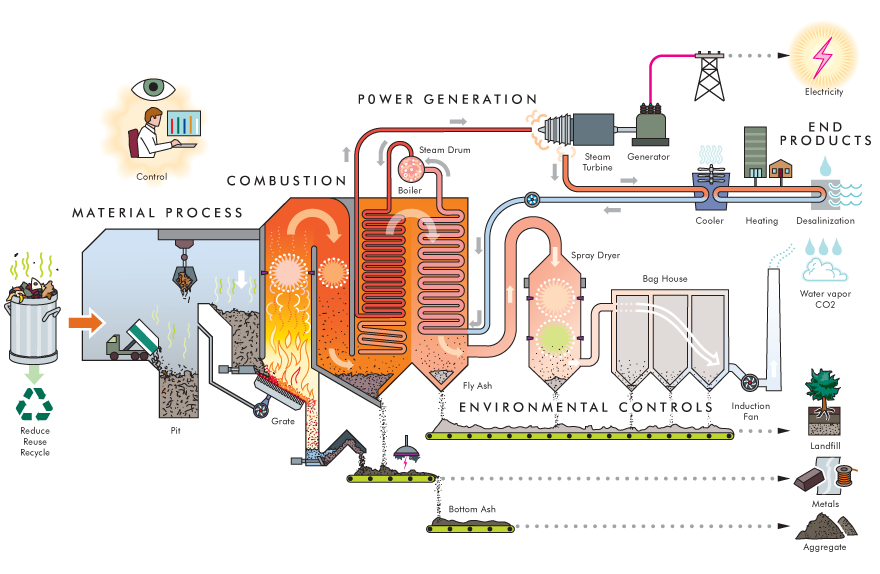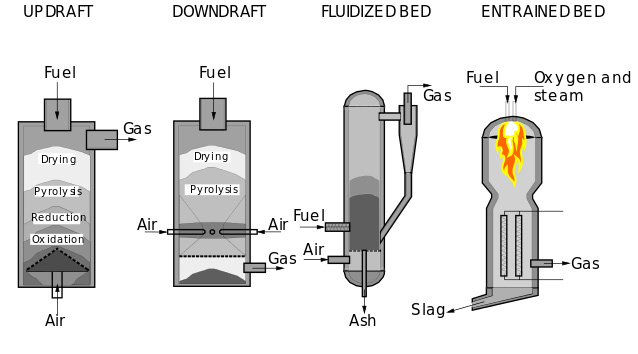
TRANSFORMING BASE SUBSTANCES INTO GOLD

TRANSFORMING BASE SUBSTANCES INTO GOLD
Municipal Solid Waste (MSW) is a large economic and environmental problem for all cities world wide. Most third world countries do not have the facilities to treat the MSW so they dump it in landfills which are environmentally unfriendly. However, MSW can be turned into a valuable resource with the proper Waste to Energy technology.
MSW is mainly a mix of paper, organic food waste, metals, plastic and glass. Paper, metals, plastic and glass can be segregated and recycled. Organic Waste and plastic/paper have an energy value. If MSW cannot be segregated, it can be treated in a W2E plant. MSW can be valorized into energy using incineration or gasification.
Incineration is one way to extract energy from MSW. Simply put, MSW is burned and energy is produced in the form of hot gases which are used to heat water, produce steam and hence turn a turbine that generates electricity. This technology is in operation in many countries around the world such as Japan, the USA, UK, Switzerland and Germany. The flue gases from the process can be cleaned to such a high degree that some incinerators are in operation smack in the middle of some advanced, modern cities such as Baden, Switzerland and Vienna, Austria.
 Figure 1 – Spittelau incineration plant is one of several plants that provide district heating in Vienna.
Figure 1 – Spittelau incineration plant is one of several plants that provide district heating in Vienna.
 Figure 2 – Schematic of an Energy from Waste Plant
Figure 2 – Schematic of an Energy from Waste Plant
Gasification is another way in which MSW can be turned into energy. The MSW is heated in low oxygen conditions or energized with a plasma so that the organic and plastic portion of the MSW is turned into SynGas which is a mixture of CO and Hydrogen and some other gases like Water Vapor, Methane and CO2.
Gasification has several advantages over traditional combustion processes for MSW treatment It takes place in a low oxygen environment that limits the formation of dioxins and of large quantities of SOx and NOx. Furthermore, it requires just a fraction of the stoichiometric amount of oxygen necessary for combustion. As a result, the volume of process gas is low, requiring smaller and less expensive gas cleaning equipment. The lower gas volume also means a higher partial pressure of contaminants in the off-gas, which favours more complete adsorption and particulate capture.
During gasification, tars, heavy metals, halogens and alkaline compounds are released within the product gas and can cause environmental and operational problems. Tars are high molecular weight organic gases that ruin reforming catalysts, sulfur removal systems, ceramic filters and increase the occurrence of slagging in boilers and on other metal and refractory surfaces. Alkalis can increase agglomeration in fluidized beds that are used in some gasification systems and also can ruin gas turbines during combustion. Heavy metals are toxic and accumulate if released into the environment. Halogens are corrosive and are a cause of acid rain if emitted to the environment. The key to achieving cost efficient, clean energy recovery from municipal solid waste gasification will be overcoming problems associated with the release and formation of these contaminants.
There are several gasifier types from the engineering point of view:
 Figure 2 – Types of Gasification Plants
Figure 2 – Types of Gasification Plants
Syn gas can be burned cleanly to produce hot flue gases that can generate steam and hence electricity. Syn gas can also be used as a raw chemical mixture for the production of ammonia, methanol or synthetic petrol.
If biowaste is segregated, the third option for treatment is Anaerobic Digestion a.k.a. Biofermentation which converts the organic waste into Methane gas that can be used to run methane electric generators.
For Incineration W2E plants, there are three major pollutants in the flue gas to be wary of:
1. Organic Pollutans such as Dioxins and Furans. These are removed by injecting Active Carbon powder into the flue gas
2. Acid gases such as HCl and SOx. These are removed through wet or dry scrubbing with Limestone slurry or dry lime
3. Particulate ash: this is removed using bag filters or Electro-Static Precipitators
Hitachi Zozen Inova are a reputed company when it comes to W2E through thermal incineration
Host from Holland is a specialist in Bio Fermentation
Viridor from the UK
Keppel Sheghers from Belgium
Article Prepared by Rami E. Kremesti M.Sc., CSci, CEnv, CWEM
If you found this page useful, please leave us a positive review on Google.